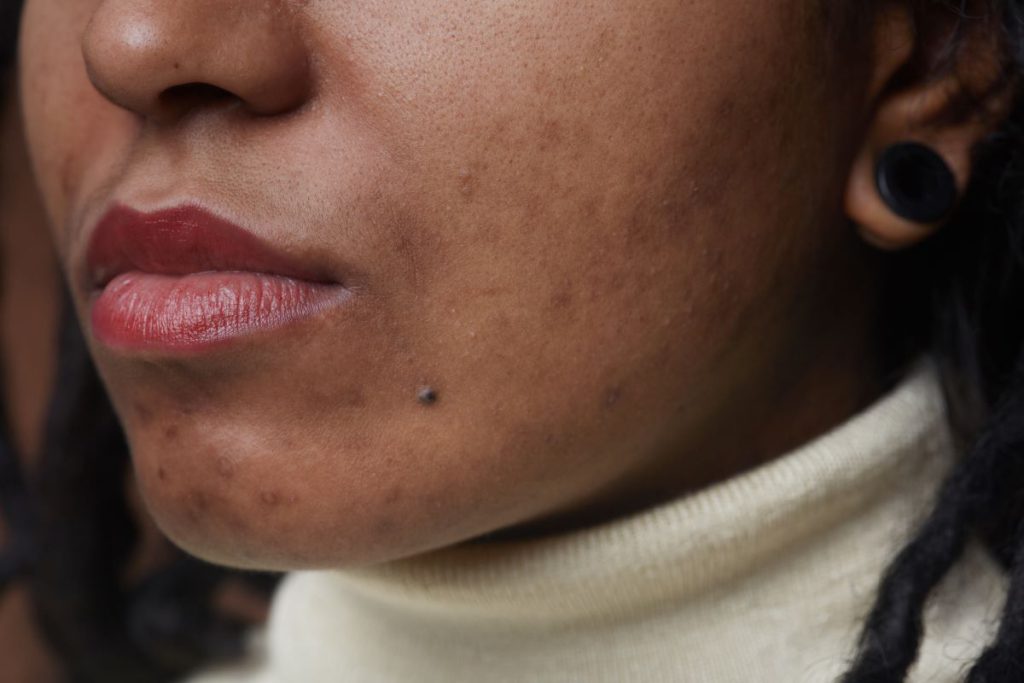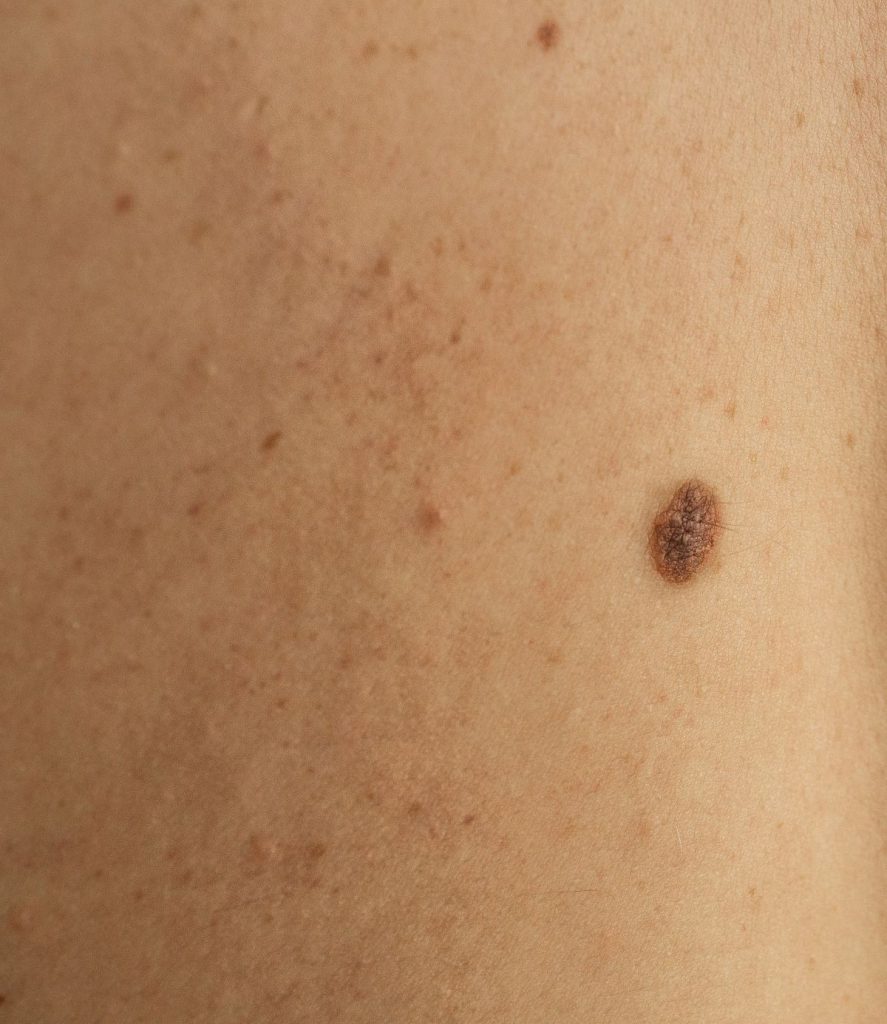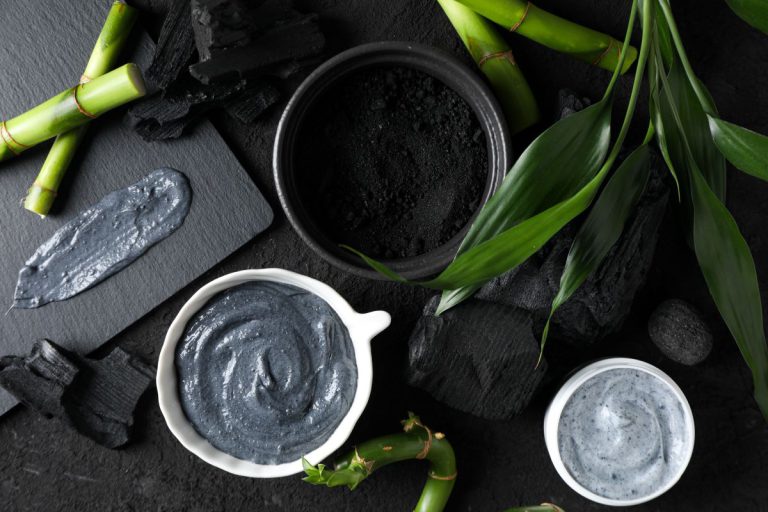Black Skin Conditions: 5 Common Issues and Care Tips for Healthy Skin
Five common black skin conditions paired with practical care advice to keep dark skin healthy and glowing.
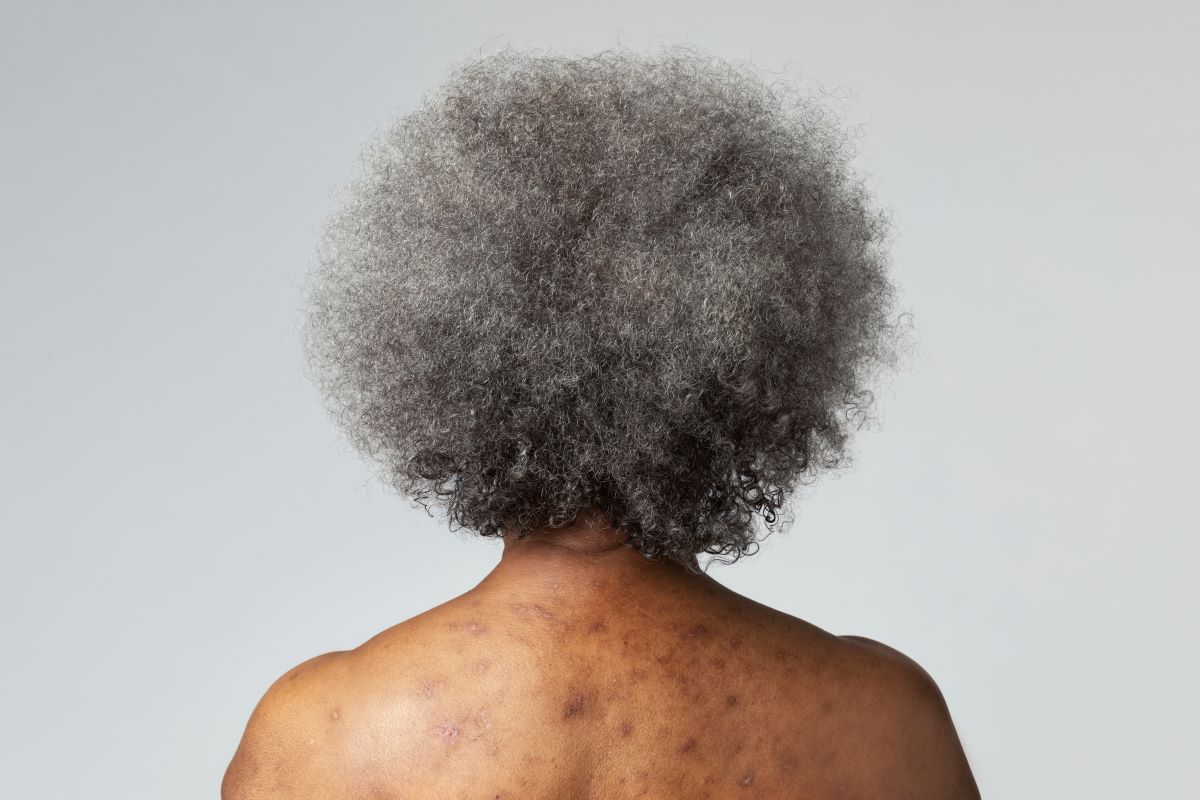
This article first appeared in print in Radiant No.10, The Melanin Issue.
Understanding black skin conditions is vital for proper skin care and overall well-being. In this article, we explore five common issues that can affect dark skin and provide expert care tips to help you manage these conditions and preserve your skin’s natural beauty.
Be it dry skin, a sudden rash, or a chronic skin condition, nothing makes people more self-conscious than having a skin problem, especially when it’s on display. With the different tones of Black skin it is important to differentiate between rashes; they may look similar on different skin tones, and it is important that each rash receives the appropriate treatment.
And contrary to popular belief, most skin rashes do not indicate a need for increased cleansing; in fact, excessive scrubbing with antiseptics can often strip the skin of its natural oils and protective barrier.
So let’s take a look at a few of the skin conditions that can affect dark-skinned people.
1. Skin Cancer
Monitor your moles by taking pictures of them at regular intervals and observing any changes.
Use sunscreen! Dark-skinned people need more sun exposure to get vitamin D, but we also need to protect our skin from the harmful effects of solar radiation. Skin cancer can absolutely affect dark-skinned people, especially around moles, fingernails, the palms of the hands, and the soles of the feet.
Skin cancer accounts for approximately 2 percent of all cancers in Black people, and when it occurs, the odds of successful treatment are often low because it is typically diagnosed late. If you have a lot of moles, or are seeing new moles appearing, make sure to get them checked out by the doctor. You can also monitor your moles by taking pictures of them at regular intervals and observing any changes.
There are different types of skin cancer, so while it is important to monitor moles, it is also crucial to have a doctor examine any unusual spots or slowly healing wounds, as these can also be signs of skin cancer.
2. Eczema
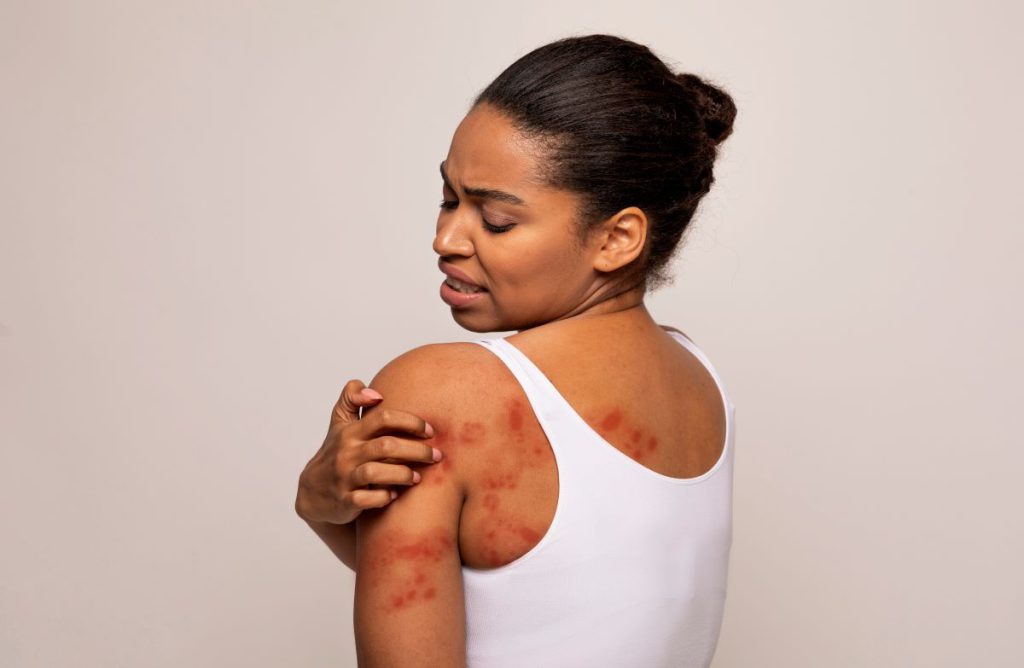
Eczema is neither an infection nor contagious. While many people refer to any angry-looking or inflamed rash as eczema, it is actually a specific type of rash, also called dermatitis. Eczema is often brought on by an allergic reaction, either internal or external, that causes the skin to become itchy, scaly, and sometimes hot to the touch.
Eczema is one of the most common rashes affecting dark skin in urban environments, though interestingly, it is much less prevalent in less-developed countries. A hygiene-related hypothesis has been linked to this, as the cleaner urban areas mean that children have less exposure to a wide range of microorganisms thought to help build a strong immune system that is less reactive to environmental triggers.
Because the natural barrier of the skin is broken in an eczema outbreak, there is a risk of infection, which can cause painful swelling of the skin as well crusting or yellow discharge. If not treated promptly, eczema can cause skin pigment changes, particularly if the itching leads to scratching, which only makes the rash worse. The scars can remain long after the eczema has gone.
Depending on the cause of the eczema, various treatments are available, such as topical creams. Patients can also take preventative measures, including avoiding potential triggers, strengthening the immune system, and maintaining the natural protective layer of the skin. Seeing your doctor for an early diagnosis and treatment is vital. And if you are pregnant, consider breast feeding for as long as possible, as it is associated with a decrease in allergies in children. The use of probiotics has also been linked to preventing eczema and is worth discussing with your healthcare provider.

3. Adult acne
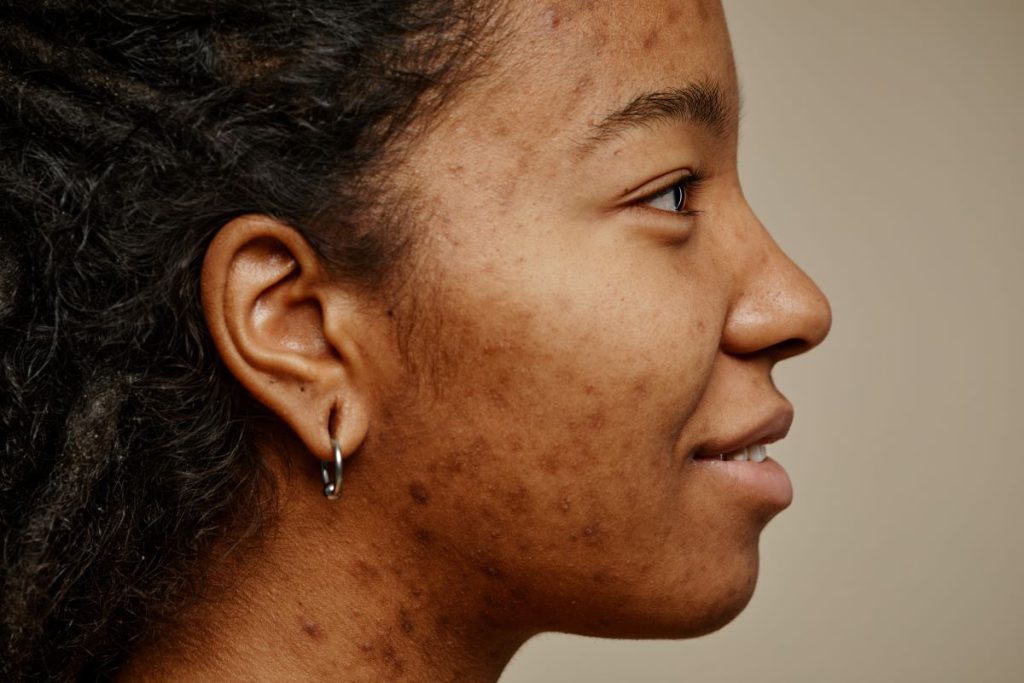
Adult acne can be especially disheartening to those who already had to live with acne in their teenage years. It is even harder when it appears on the face, which cannot be hidden like the back or the arms. Finding the root cause sooner rather than later can help mitigate the severity of the acne and direct you to the right treatment.
Acne forms when the oil glands become blocked with excess oil, skin debris, and sometimes bacteria, causing raised bumps or spots under the skin. In dark skin, acne can easily lead to scarring and pigment changes, so it is important to seek treatment as soon as possible. Adult acne is often caused by the hormone imbalances that occur with pregnancy and menopause, causing the skin to increase oil production.
There is also some evidence suggesting a link between acne and a diet high in simple sugars, foods high on the glycemic index, and dairy products. The exact association is not known, but may be related to the foods’ influence on hormone levels. It may be helpful to keep a food diary and discuss it with your doctor.
Treatments do exist to decrease the appearance of acne, including topical creams, antibiotics, and birth control pills for women. But as with most things in life, patience is required, as it can take up to two months to see an effect. In addition, certain treatments can cause skin pigment changes, which tend to be more obvious with dark skin, so be sure to check with your doctor before beginning any type of treatment.
4. Vitiligo
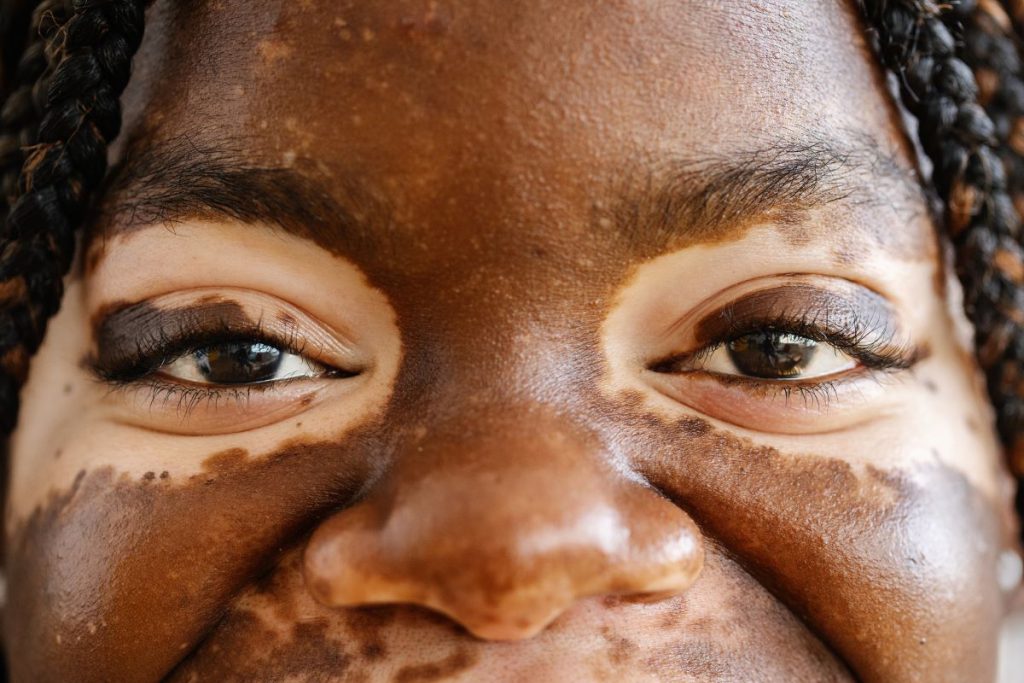
Appearing in the form of white patches on different parts of the body as the skin loses its pigment, vitiligo is widely thought to be an autoimmune disease in which the body’s immune system attacks itself. Some forms of vitiligo have been linked to specific inherited genes and other autoimmune conditions, such as thyroid problems. Vitiligo is not contagious or infectious.
With vitiligo, the skin still feels the same, though it may appear pale or white and will sunburn easily. Vitiligo is much more obvious on dark skin and tends to present in a similar pattern on both sides of the body. The depigmentation often occurs around the mouth, nostrils, eyes, hands, body folds, and face. When it occurs by hair follicles, it can cause gray hair at any age.
Though no cure for vitiligo is currently available, and it may sometimes disappear on its own, it is worthwhile getting the condition checked out, as there may be treatments to slow its progression. The use of sunscreen and protecting exposed areas with clothing is important. In addition, low sun exposure may put you at risk for vitamin-D deficiency, so discuss with your doctor whether you should be taking a supplement.
Related Articles
5. Psoriasis
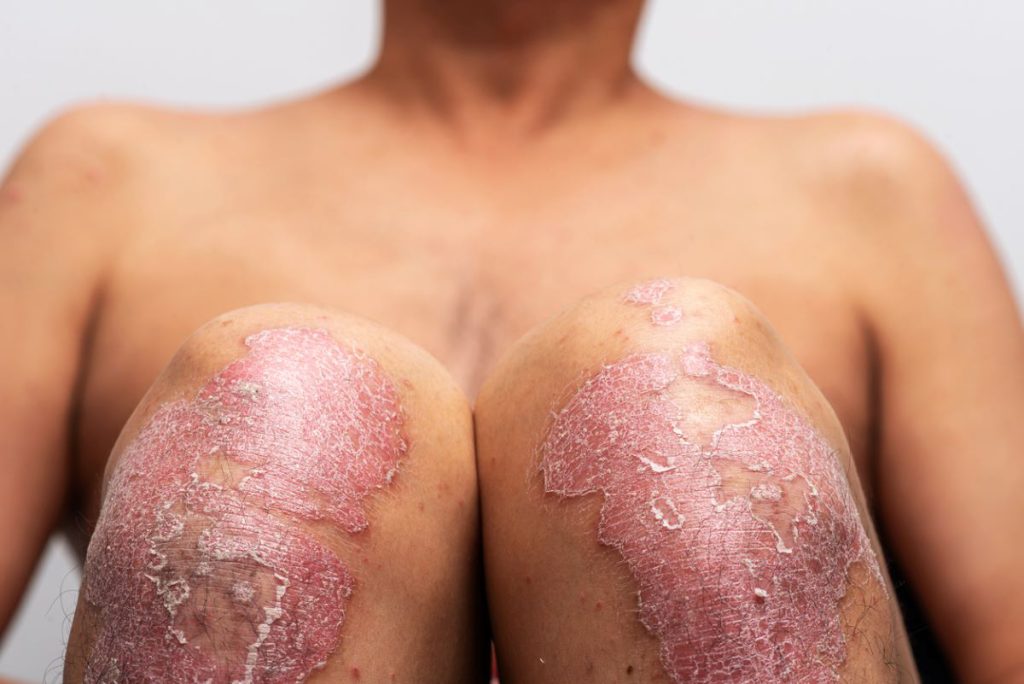
The skin typically renews itself every 28 days. But with psoriasis, this renewal tends to occur every two to four days, causing a buildup of excess skin material (hyperproliferation) and inflammation that tends to be raised and scaly like a plaque on the skin. Psoriasis often appears on the joints, such as the knees and elbows, though it can occur anywhere on the body, including the fingernails.
Psoriasis, which appears to be an inherited condition, is not infectious or contagious. However, if psoriasis presents as small dots all over the body, it may be linked to a recent throat infection, which is one of many psoriasis triggers. Other common triggers include stress, alcohol, and smoking. The psoriasis rash itself is not infected.
Having psoriasis increases a person’s risk of developing arthritis, heart problems, diabetes, anxiety, and depression. These risks can be reduced by treating the psoriasis and making lifestyle changes such as limiting alcohol, exercising regularly, managing stress levels, and maintaining a healthy weight. It is important that individuals discuss their condition in depth with their doctor or dermatologist and set a treatment plan with milestones to ensure that other related medical conditions do not develop.
The skin is the largest organ in the body, and it can tell us when the body is not working as it should by developing different rashes, which are very often not infectious or contagious, and certainly not due to poor hygiene. Recognizing and treating these rashes early is vital in preventing long-term or even permanent skin pigment changes, particularly in dark-skinned people. So stay vigilant, but rest assured that effective treatment is often available.
This article first appeared in print in Radiant No.10, The Melanin Issue.

